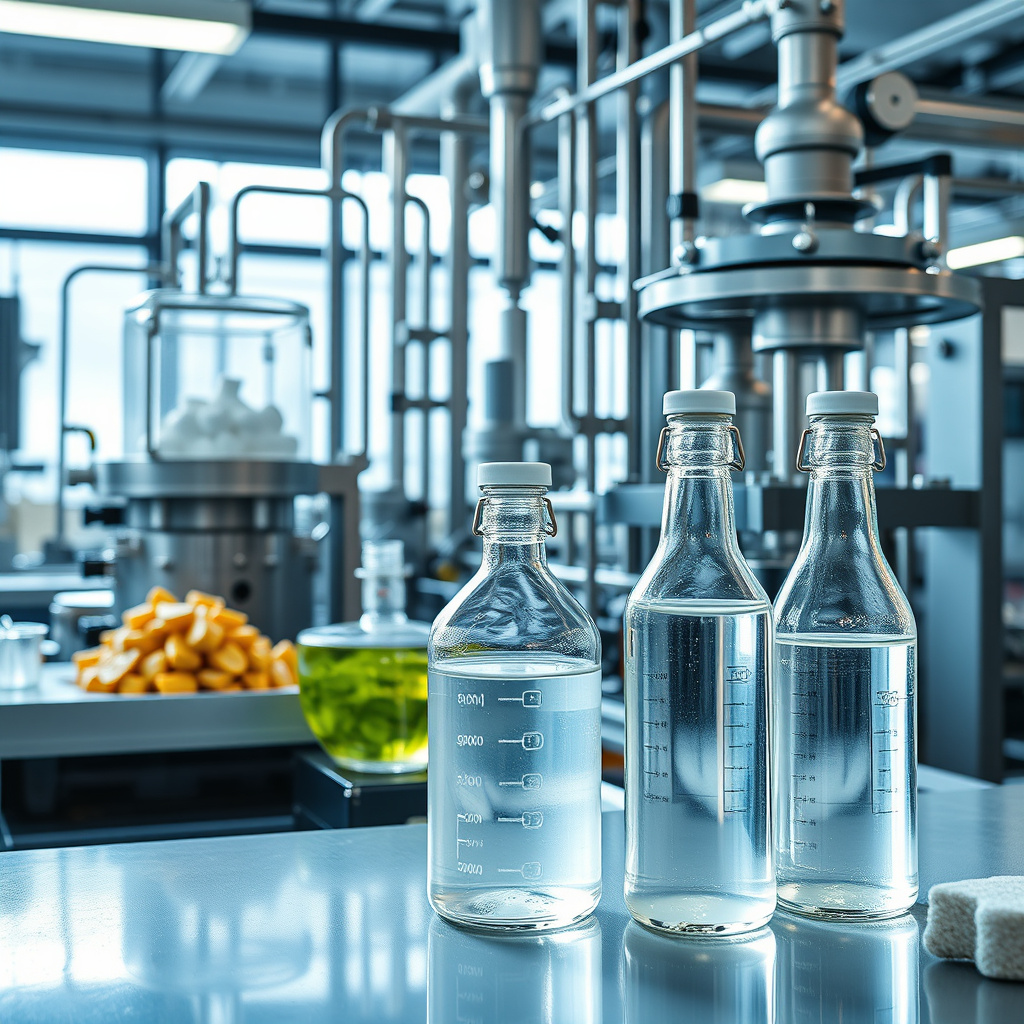What is Crude Glycerin?
Crude glycerin, a byproduct of biodiesel production, is a viscous liquid that contains a significant amount of glycerol, along with water and other impurities. It is considered an important raw material in various industries, including pharmaceuticals, cosmetics, and food processing. Due to its chemical composition, crude glycerin offers a range of applications, making it a valuable commodity in the global market.
Production of Crude Glycerin
The production of crude glycerin primarily occurs during the transesterification process, where triglycerides are converted into fatty acid methyl esters (FAME) and glycerin. As biodiesel demand rises, so does the availability of crude glycerin. This surplus has led to increased interest in utilizing crude glycerin in various industrial applications, thereby enhancing its market potential.
Applications of Crude Glycerin
Crude glycerin is utilized in a myriad of applications across diverse sectors. In the pharmaceutical industry, it serves as a humectant and solvent in drug formulations. In the cosmetic industry, crude glycerin is valued for its moisturizing properties, making it a common ingredient in lotions and creams. Additionally, it is used in the food industry as a sweetener and preservative, showcasing its versatility.
Quality Standards for Crude Glycerin
Quality standards for crude glycerin vary depending on the intended application. The American Society for Testing and Materials (ASTM) and the European Committee for Standardization (CEN) provide guidelines for the purity, moisture content, and impurities allowed in crude glycerin. Adhering to these standards is crucial for companies, such as Diplomata, which aim to supply high-quality crude glycerin to international markets.
Environmental Impact of Crude Glycerin
The production and utilization of crude glycerin have notable environmental implications. As a renewable resource derived from biodiesel, crude glycerin contributes to reducing waste and promoting sustainability in the chemical industry. Furthermore, its use in various applications can help diminish reliance on petroleum-based products, aligning with global efforts towards greener practices.
Refinement Process of Crude Glycerin
Crude glycerin often undergoes a refinement process to remove impurities and increase glycerol content. This process may involve steps such as filtration, neutralization, and distillation. The end product, refined glycerin, is of higher purity and is suitable for more sensitive applications, thus expanding its market reach and potential uses in various industries.
Market Trends for Crude Glycerin
Recent market trends indicate a growing demand for crude glycerin, driven by the increasing production of biodiesel and the expansion of its applications across different industries. The global market for crude glycerin is expected to witness significant growth, with emerging economies investing in biodiesel production and related sectors. This trend positions companies like Diplomata favorably in the global supply chain for high-quality crude glycerin.
Regulatory Aspects of Crude Glycerin
The regulation of crude glycerin varies by region, impacting its production, trade, and usage. Regulatory bodies, such as the Food and Drug Administration (FDA) in the U.S. and the European Food Safety Authority (EFSA), have established guidelines to ensure the safety and quality of glycerin used in food and pharmaceutical applications. Compliance with these regulations is essential for companies looking to establish trust and reliability in the international market.
Choosing a Reliable Supplier of Crude Glycerin
When selecting a supplier for crude glycerin, factors such as quality assurance, consistency, and reliability are paramount. Companies like Diplomata have built a reputation for providing premium crude glycerin, adhering to international standards, and ensuring customer satisfaction. Engaging with a trusted supplier can significantly impact the overall quality of the end products and the efficiency of the supply chain.


